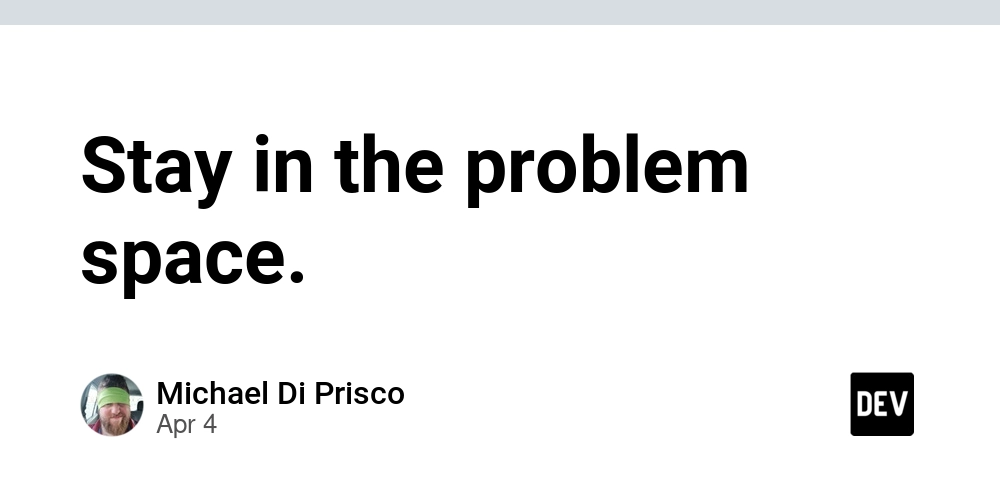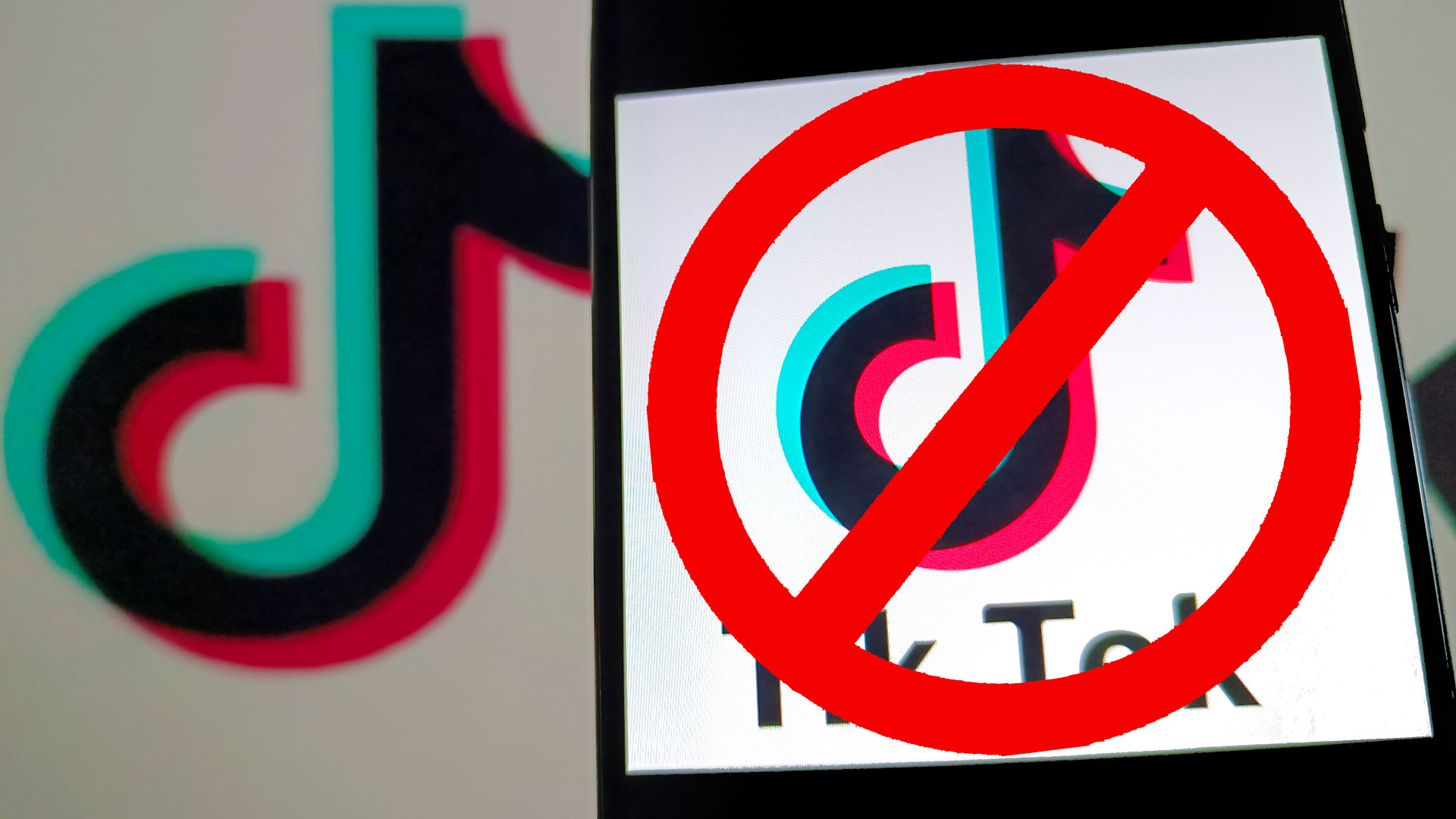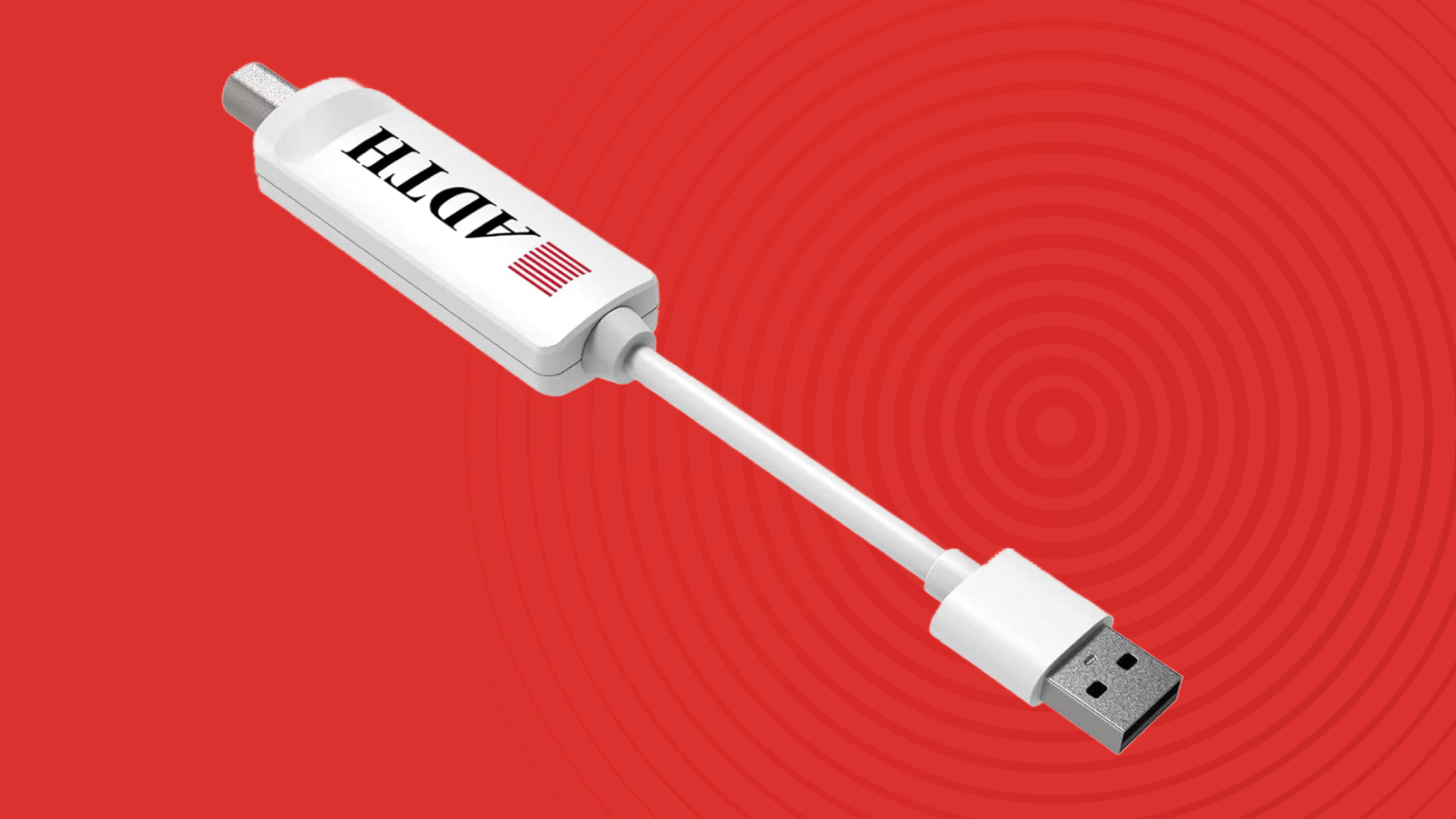Transform Your Node.js Applications with Design Patterns
Node.js is a powerful runtime that allows developers to build scalable, high-performance applications. But as your application grows, so does its complexity. If not managed properly, your codebase can become unmaintainable, making debugging, testing, and scaling a nightmare. This is where design patterns come into play. By applying the right patterns, you can structure your Node.js applications for better organization, maintainability, and performance. Why Design Patterns Matter in Node.js Design patterns are reusable solutions to common programming problems. While Node.js provides flexibility, that flexibility can lead to unstructured and messy code if not handled properly. By using design patterns, you can: → Improve code reusability – Avoid writing redundant code. → Enhance maintainability – Make future modifications easier. → Boost scalability – Handle larger applications efficiently. → Follow best practices – Adopt proven solutions to common issues. Let’s checkup into some essential design patterns you should use in your Node.js applications. 1. Singleton Pattern – Managing Shared Resources The Singleton Pattern ensures that only one instance of a class is created and shared throughout the application. This is particularly useful for managing shared resources such as database connections, configurations, or caches. When to use it: Database connections (MongoDB, PostgreSQL, etc.) Caching mechanisms (Redis, in-memory cache) Logging services Example: Implementing a Singleton for a Database Connection class Database { constructor() { if (!Database.instance) { this.connection = this.connect(); Database.instance = this; } return Database.instance; } connect() { console.log("Connecting to database..."); return {}; // Simulate database connection object } } const db1 = new Database(); const db2 = new Database(); console.log(db1 === db2); // true - Both variables refer to the same instance Why is this useful? Without the Singleton pattern, every time we create a database instance, a new connection would be made. This is inefficient and can cause unnecessary resource consumption. 2. Factory Pattern – Simplifying Object Creation The Factory Pattern provides an interface for creating objects without specifying their exact class. This is useful when dealing with multiple object types that share a common interface. When to use it: When you need to create different types of objects dynamically When object creation logic is complex and should be centralized Example: Creating a Logger Factory class Logger { log(message) { throw new Error("Method 'log()' must be implemented."); } } class ConsoleLogger extends Logger { log(message) { console.log(`ConsoleLogger: ${message}`); } } class FileLogger extends Logger { log(message) { console.log(`FileLogger (simulating file write): ${message}`); } } class LoggerFactory { static getLogger(type) { switch (type) { case "console": return new ConsoleLogger(); case "file": return new FileLogger(); default: throw new Error("Invalid logger type"); } } } // Usage const logger = LoggerFactory.getLogger("console"); logger.log("This is a log message."); Why is this useful? The Factory pattern helps centralize object creation logic, making it easier to extend or modify the types of loggers without modifying existing code. 3. Observer Pattern – Event-Driven Programming The Observer Pattern is used when multiple parts of an application need to react to state changes. It follows the publish-subscribe model, which fits naturally with Node.js’s event-driven architecture. When to use it: Event-based communication Websockets and real-time applications Logging or monitoring services Example: Creating an Event Emitter const EventEmitter = require("events"); class NotificationService extends EventEmitter { sendNotification(message) { console.log(`Sending notification: ${message}`); this.emit("notificationSent", message); } } // Usage const notifier = new NotificationService(); notifier.on("notificationSent", (message) => { console.log(`Logging: Notification sent with message - ${message}`); }); notifier.sendNotification("Hello, Observer Pattern!"); Why is this useful? Using the Observer pattern makes it easy to add, remove, or modify event listeners dynamically without tightly coupling components. 4. Middleware Pattern – Managing Request Processing The Middleware Pattern is widely used in Express.js and other frameworks. It allows requests to pass through a series of functions, each responsible for handling a specific aspect of request processing. When to use it: Web applications using Express.js API re

Node.js is a powerful runtime that allows developers to build scalable, high-performance applications. But as your application grows, so does its complexity. If not managed properly, your codebase can become unmaintainable, making debugging, testing, and scaling a nightmare.
This is where design patterns come into play. By applying the right patterns, you can structure your Node.js applications for better organization, maintainability, and performance.
Why Design Patterns Matter in Node.js
Design patterns are reusable solutions to common programming problems. While Node.js provides flexibility, that flexibility can lead to unstructured and messy code if not handled properly.
By using design patterns, you can:
→ Improve code reusability – Avoid writing redundant code.
→ Enhance maintainability – Make future modifications easier.
→ Boost scalability – Handle larger applications efficiently.
→ Follow best practices – Adopt proven solutions to common issues.
Let’s checkup into some essential design patterns you should use in your Node.js applications.
1. Singleton Pattern – Managing Shared Resources
The Singleton Pattern ensures that only one instance of a class is created and shared throughout the application. This is particularly useful for managing shared resources such as database connections, configurations, or caches.
When to use it:
- Database connections (MongoDB, PostgreSQL, etc.)
- Caching mechanisms (Redis, in-memory cache)
- Logging services
Example: Implementing a Singleton for a Database Connection
class Database {
constructor() {
if (!Database.instance) {
this.connection = this.connect();
Database.instance = this;
}
return Database.instance;
}
connect() {
console.log("Connecting to database...");
return {}; // Simulate database connection object
}
}
const db1 = new Database();
const db2 = new Database();
console.log(db1 === db2); // true - Both variables refer to the same instance
Why is this useful?
Without the Singleton pattern, every time we create a database instance, a new connection would be made. This is inefficient and can cause unnecessary resource consumption.
2. Factory Pattern – Simplifying Object Creation
The Factory Pattern provides an interface for creating objects without specifying their exact class. This is useful when dealing with multiple object types that share a common interface.
When to use it:
- When you need to create different types of objects dynamically
- When object creation logic is complex and should be centralized
Example: Creating a Logger Factory
class Logger {
log(message) {
throw new Error("Method 'log()' must be implemented.");
}
}
class ConsoleLogger extends Logger {
log(message) {
console.log(`ConsoleLogger: ${message}`);
}
}
class FileLogger extends Logger {
log(message) {
console.log(`FileLogger (simulating file write): ${message}`);
}
}
class LoggerFactory {
static getLogger(type) {
switch (type) {
case "console":
return new ConsoleLogger();
case "file":
return new FileLogger();
default:
throw new Error("Invalid logger type");
}
}
}
// Usage
const logger = LoggerFactory.getLogger("console");
logger.log("This is a log message.");
Why is this useful?
The Factory pattern helps centralize object creation logic, making it easier to extend or modify the types of loggers without modifying existing code.
3. Observer Pattern – Event-Driven Programming
The Observer Pattern is used when multiple parts of an application need to react to state changes. It follows the publish-subscribe model, which fits naturally with Node.js’s event-driven architecture.
When to use it:
- Event-based communication
- Websockets and real-time applications
- Logging or monitoring services
Example: Creating an Event Emitter
const EventEmitter = require("events");
class NotificationService extends EventEmitter {
sendNotification(message) {
console.log(`Sending notification: ${message}`);
this.emit("notificationSent", message);
}
}
// Usage
const notifier = new NotificationService();
notifier.on("notificationSent", (message) => {
console.log(`Logging: Notification sent with message - ${message}`);
});
notifier.sendNotification("Hello, Observer Pattern!");
Why is this useful?
Using the Observer pattern makes it easy to add, remove, or modify event listeners dynamically without tightly coupling components.
4. Middleware Pattern – Managing Request Processing
The Middleware Pattern is widely used in Express.js and other frameworks. It allows requests to pass through a series of functions, each responsible for handling a specific aspect of request processing.
When to use it:
- Web applications using Express.js
- API request validation and authentication
- Error handling
Example: Middleware in Express.js
const express = require("express");
const app = express();
const requestLogger = (req, res, next) => {
console.log(`Received request: ${req.method} ${req.url}`);
next(); // Move to the next middleware or route handler
};
app.use(requestLogger);
app.get("/", (req, res) => {
res.send("Hello, Middleware Pattern!");
});
app.listen(3000, () => console.log("Server running on port 3000"));
Why is this useful?
Middleware allows separation of concerns, making code more modular and easier to maintain.
5. Strategy Pattern – Decoupling Business Logic
The Strategy Pattern enables dynamic switching between multiple algorithms at runtime. This is helpful when you need different implementations of a functionality based on conditions.
When to use it:
- Payment processing with multiple gateways
- Authentication mechanisms (JWT, OAuth, API keys)
- Sorting or filtering data
Example: Implementing Different Sorting Strategies
class SortStrategy {
sort(data) {
throw new Error("Method 'sort()' must be implemented.");
}
}
class AscendingSort extends SortStrategy {
sort(data) {
return data.sort((a, b) => a - b);
}
}
class DescendingSort extends SortStrategy {
sort(data) {
return data.sort((a, b) => b - a);
}
}
class Sorter {
constructor(strategy) {
this.strategy = strategy;
}
setStrategy(strategy) {
this.strategy = strategy;
}
sort(data) {
return this.strategy.sort(data);
}
}
// Usage
const sorter = new Sorter(new AscendingSort());
console.log(sorter.sort([5, 3, 8, 1])); // [1, 3, 5, 8]
sorter.setStrategy(new DescendingSort());
console.log(sorter.sort([5, 3, 8, 1])); // [8, 5, 3, 1]
Why is this useful?
The Strategy pattern makes your application more flexible by allowing behavior changes without modifying core logic.
Key Takeaways:
- Use the Singleton Pattern for shared resources like database connections.
- Implement the Factory Pattern to manage object creation dynamically.
- Leverage the Observer Pattern for event-driven programming.
- Utilize the Middleware Pattern to handle request processing in web apps.
- Apply the Strategy Pattern to decouple business logic for flexibility.
You may also like:
Read more blogs from Here
Share your experiences in the comments, and let’s discuss how to tackle them!
Follow me on Linkedin






















































.jpg)
%20Abstract%20Background%20112024%20SOURCE%20Amazon.jpg)



















































































































![[The AI Show Episode 142]: ChatGPT’s New Image Generator, Studio Ghibli Craze and Backlash, Gemini 2.5, OpenAI Academy, 4o Updates, Vibe Marketing & xAI Acquires X](https://www.marketingaiinstitute.com/hubfs/ep%20142%20cover.png)













































































































































































































































































_Christophe_Coat_Alamy.jpg?#)

























































































![This is Apple’s unreleased 10th anniversary Apple Watch band [Gallery]](https://i0.wp.com/9to5mac.com/wp-content/uploads/sites/6/2025/04/apple-watch-celebration-band0000-2.jpg?resize=1200%2C628&quality=82&strip=all&ssl=1)
























































































































































